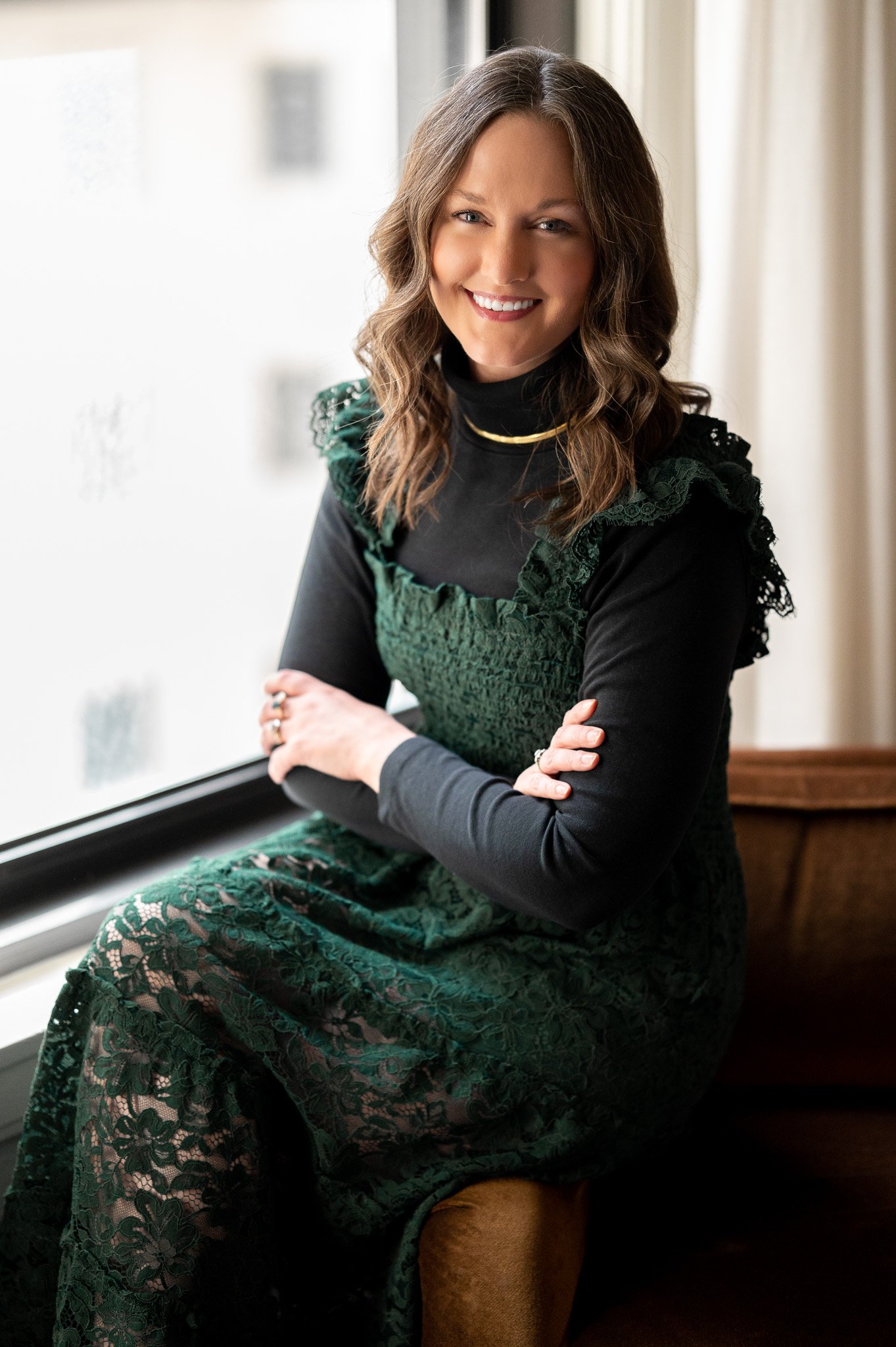How to Identify Original Art Pieces: A Step-by-Step Guide
How to Identify Original Art Pieces: A Step-by-Step Guide
Art lovers and collectors know the value of owning something truly unique. When searching for exceptional pieces, it’s essential to know how to distinguish authentic works from reproductions or imitations. This step-by-step guide will help you recognize genuine pieces, ensuring that your investment is worth every penny.
Step 1: Examine the Materials
When you come across original art for sale, the first thing to do is carefully inspect the materials used. Original works often feature visible brush strokes, texture, or layering that can't be replicated in prints. Oil, acrylic, watercolor, or mixed media will typically exhibit slight imperfections, revealing the artist’s hand. Feel the surface carefully (when permitted) to notice any raised paint or distinct textures.
Many reproductions look flat and overly polished. Check for any uniformity that suggests printing rather than handcrafted work. Materials like canvas, wood panels, or quality paper also hint at authenticity, as real artists invest in durable, high-grade surfaces.
Step 2: Check for an Artist’s Signature
An authentic piece typically includes the artist’s signature, usually at the bottom corner. However, not every artist signs in the same way or in the same place. Some sign on the back or under layers of paint. Compare the signature with verified examples from reputable galleries or online sources.
Be cautious of signatures that appear printed or overly perfect. Real signatures often show variation and natural flow. Some artists also include dates, titles, or edition numbers, which can help in verifying authenticity.
Step 3: Verify Provenance and Documentation
Provenance refers to the history of the artwork—where it has been, who has owned it, and how it has been exhibited. Authentic pieces often come with certificates of authenticity or detailed documentation. Ask the seller for any papers that can trace the artwork’s origin.
Documentation strengthens credibility. Without it, you risk purchasing a mass-produced replica. Collectors and galleries keep careful records, so any reputable dealer should be able to provide some background information.
Step 4: Consult an Art Appraiser or Expert
If you’re still uncertain, consult an independent appraiser or expert. Professional appraisers have the tools and knowledge to examine works using ultraviolet light, X-rays, and chemical analysis to detect forgeries. Their trained eye can spot details that may escape an average buyer.
This step is particularly crucial for high-value pieces. Even seasoned collectors seek expert opinions when considering significant investments. Paying a small fee for professional validation can save you from costly mistakes.
Step 5: Trust Your Instincts and Research
Finally, trust your instincts but back them up with research. Study the artist’s previous works, styles, and typical subjects. Compare color choices, brush techniques, and composition. Real pieces will usually have small inconsistencies that highlight the human touch, while mass-produced copies tend to look too perfect.
If something feels off, it’s worth pausing and investigating further. Take your time and avoid impulse buys, especially from unknown sellers. Learning about art and familiarizing yourself with different styles will also enhance your ability to recognize the genuine work.
Conclusion
Identifying original art for sale requires careful observation, thorough research, and, in some cases, professional expertise. By examining materials, checking for signatures, verifying provenance, consulting experts, and trusting your judgment, you can confidently spot authentic creations. Follow these steps whenever you come across pieces advertised as original, ensuring that your collection reflects true craftsmanship and artistic value.




